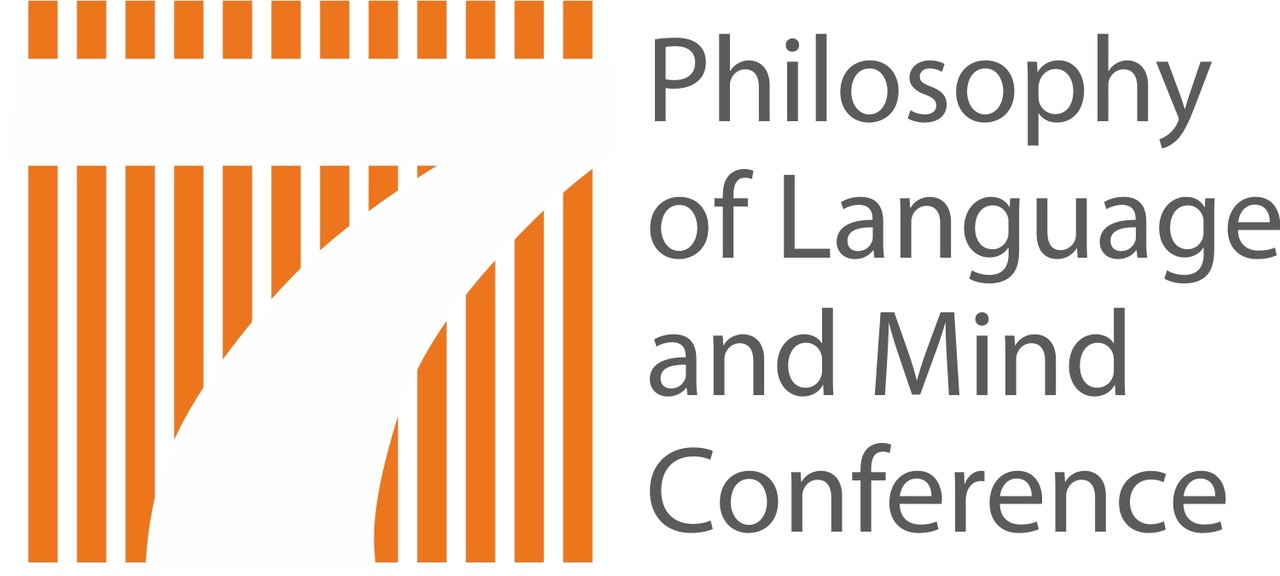Many philosophers continue to be attracted to a Fregean (1892) approach to indirect discourse and attitude ascription (e.g. recently Yalcin 2015; Lederman 2022). But there is a hanger-on accompanying that theory, the debate over which is at something of a standoff. It is the “hierarchy view”: that for each word there is an infinite hierarchy of semantic values that it contributes in different kinds of occurrence. Frege does not mention this idea when explaining his theory, but many readers have taken his theory to entail it. Saul Kripke (2008, 183) even called it a “familiar consequence” of the theory. Others deny the entailment, but nonetheless maintain that the hierarchy view is a natural extension of Frege’s stated doctrine, to cover cases that he didn’t originally have in mind. Those are cases of so-called “multiple embeddings,” as in
Susan thinks that John believes that Paris is beautiful.
The idea is that since “Paris” is doubly embedded by indirect discourse verbs, its semantic value in that occurrence is not its customary sense—which would be its value if it were only singly embedded—but its “indirect” sense, a distinct sense that “presents” its customary sense. And so on, for higher degrees of embedding: when embedded to degree n, a word’s semantic value is its level n sense.
Almost all of the discussion of this view has concerned its bare tenability rather than its plausibility. My concern here is with the latter. I will examine what seem to me to be the two strongest considerations given in support of the view.
One consideration appeals to cases of multiple embeddings in which intersubstitutability salva veritate seems to be more stringent than it is within single embeddings (Mates 1950). The claim is that the hierarchy explains this apparent phenomenon. For it allows that two words can share their level n senses while having different level n + 1 senses. In such a case, the words are guaranteed to be intersubstitutable when embedded to degree n, but not so guaranteed when embedded to degree n + 1. Many philosophers (e.g. Fine 2007; Horwich 2014) have endorsed this idea. But there is a methodological problem: this is not the only possible explanation of the Matesian phenomenon. There is another sort of explanation which involves no hierarchy. So the hierarchy view does not come close to being supported by an inference to the best explanation.
There are also arguments meant to show that the hierarchy view follows from Frege’s semantic theory. The best argument of this sort is due to Tyler Burge (1979; 2005). Burge argues for the hierarchy on the basis of claims about how Frege’s core principle plays out in the formalization of a natural language. His argument is careful and detailed—dauntingly so. It is widely endorsed (e.g. Salmon 2005). Its crucial step rests on a claim about the well-formedness of expressions in a “logically perfect” (Frege 1892, 58) language. On examination, it turns out that that claim is plausible only if the hierarchy view is true. The argument, then, begs the question, and gives the hierarchy view no support.
So the hierarchy view has even less going for it than has been thought. What then explains its enduring appeal—such as it is, mostly among Fregeans? How is it that so many readers, even while differing in their alliegance to Frege’s overall approach, have thought that his view at least strongly suggests the hierarchy? That common reaction is not due to some complex argument such as Burge’s. What then is behind it?
I diagnose it as resting on an error in thinking of the base case of Fregean reference shift. The error is mistaking what a word’s semantic value does, for something the word itself does. When embedded, an attitude or discourse verb does not induce embedding, precisely because its semantic value in such an occurrence is not what it is when it occurs unembedded (and does induce embedding). On the Fregean approach, understood correctly, there is no such thing as “multiple embedding”—let alone a theory of it. This illustrates again the power of Frege’s dictum “never to ask for the meaning of a word in isolation, but only in the context of a sentence” (1884, xxii).
References
Burge, Tyler. 1979. Frege and the hierarchy. Synthese 40:265–81.
———. 2005. Postscript to “Frege and the hierarchy”. In Truth, thought, reason: essays on Frege, 167–210. Oxford: Clarendon Press.
Fine, Kit. 2007. Semantic relationism. Oxford: Blackwell.
Frege, Gottlob. 1884. The foundations of arithmetic. Translated by J. L. Austin. Evanston, IL: Northwestern University Press.
———.1892. Über sinn und bedeutung. Zeitschrift für Philosophie und philosophische Kritik100: 25–50. Translated as “On sense and meaning” in Translations from the philosophical writings of Gottlob Frege, 2d edition (1960), ed. and trans. Peter Geach and Max Black, 56–78. Oxford: Blackwell.
Horwich, Paul. 2014. Critical notice of Seven Puzzles of Thought and How to Solve Them: an Originalist Theory of Concepts, by R. M. Sainsbury and Michael Tye. Mind 123:1123–39.
Kripke, Saul. 2008. Frege’s theory of sense and reference: Some exegetical notes. Theoria 74: 181–218.
Lederman, Harvey. 2022. Fregeanism, sententialism, and scope. Linguistics and Philosophy 45: 1235–75.
Mates, Benson. 1950. Synonymity. University of California Publications in Philosophy 25:201– 26.
Salmon, Nathan. 2005. On designating. Mind 114(456):1069–1133.
Yalcin, Seth. 2015. Quantifying in from a Fregean perspective. Philosophical Review 124:207–53.
